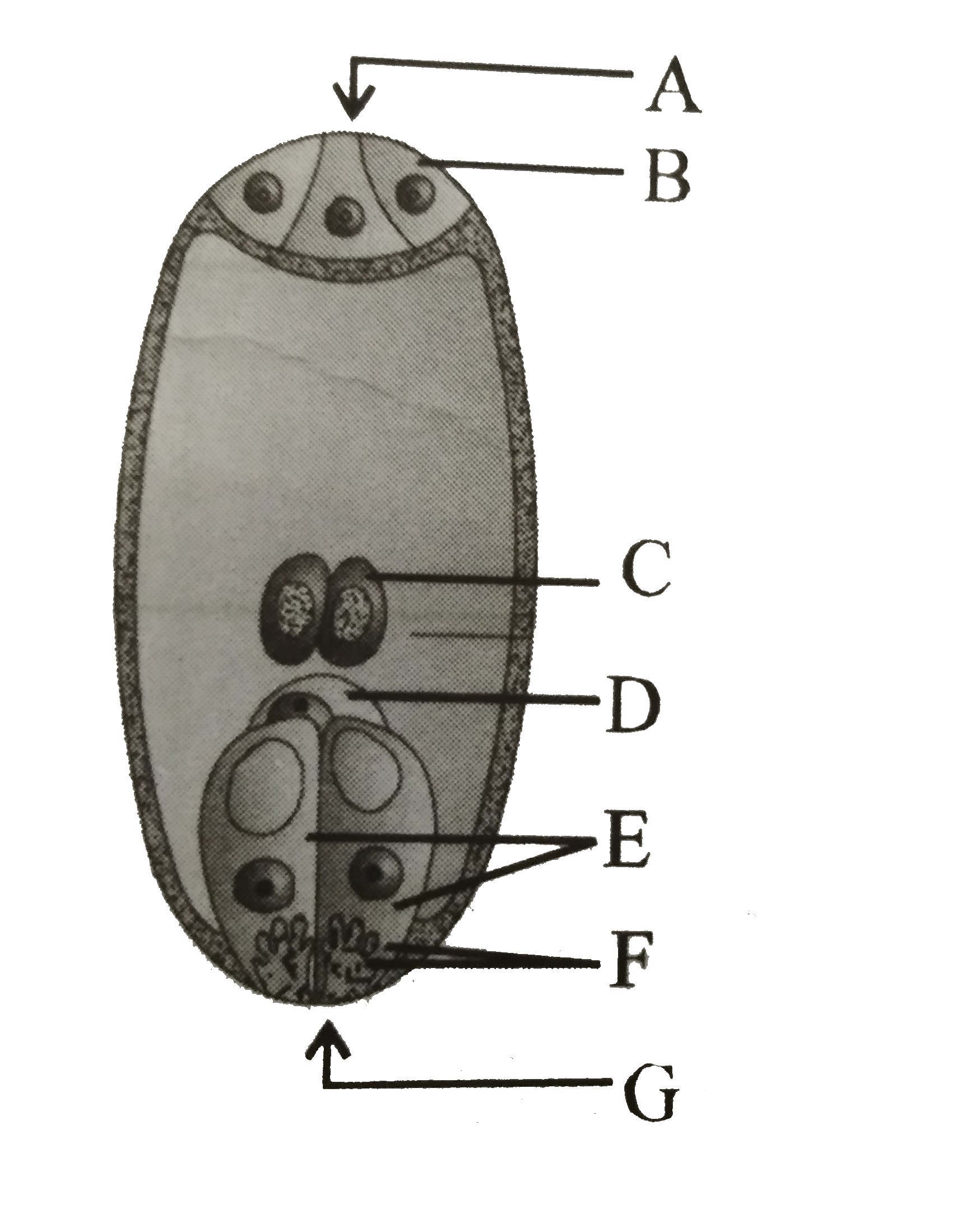Identify the following organism/structure (A, B, C, D, E) and parts (a, b, c, d, e, f, g, h, i) associated with them.

A. Bacteriophagea. HeadB. Nostocb. TailC. Agaricusc. HeterocystD. Rhizopusd. PileusE. Euglenae. Stipef. Columellag. Sporesh. Nucleusi. Contractile vacuole
Topper's Solved these Questions
- BIOLOGICAL CLASSIFICATIONBOOK - PRADEEPCHAPTER - BIOLOGICAL CLASSIFICATIONEXERCISE - Analytical Questions With Answers
20 Videos
- BIOLOGICAL CLASSIFICATIONBOOK - PRADEEPCHAPTER - BIOLOGICAL CLASSIFICATIONEXERCISE - Practice Questions (I. Multiple Choice Questions)
102 Videos
- BIOLOGICAL CLASSIFICATIONBOOK - PRADEEPCHAPTER - BIOLOGICAL CLASSIFICATIONEXERCISE - Short Answer Type Questions
19 Videos
- ANIMAL KINGDOM BOOK - PRADEEPCHAPTER - ANIMAL KINGDOM EXERCISE - Assertion-Reason Type Questions
44 Videos
- BIOMOLECULES BOOK - PRADEEPCHAPTER - BIOMOLECULES EXERCISE - PRACTICE QUESTIONS (ASSERTION-REASON )
31 Videos
Similar Questions
Knowledge Check
See the following diagram and identify A,B,C,D,E,F and G
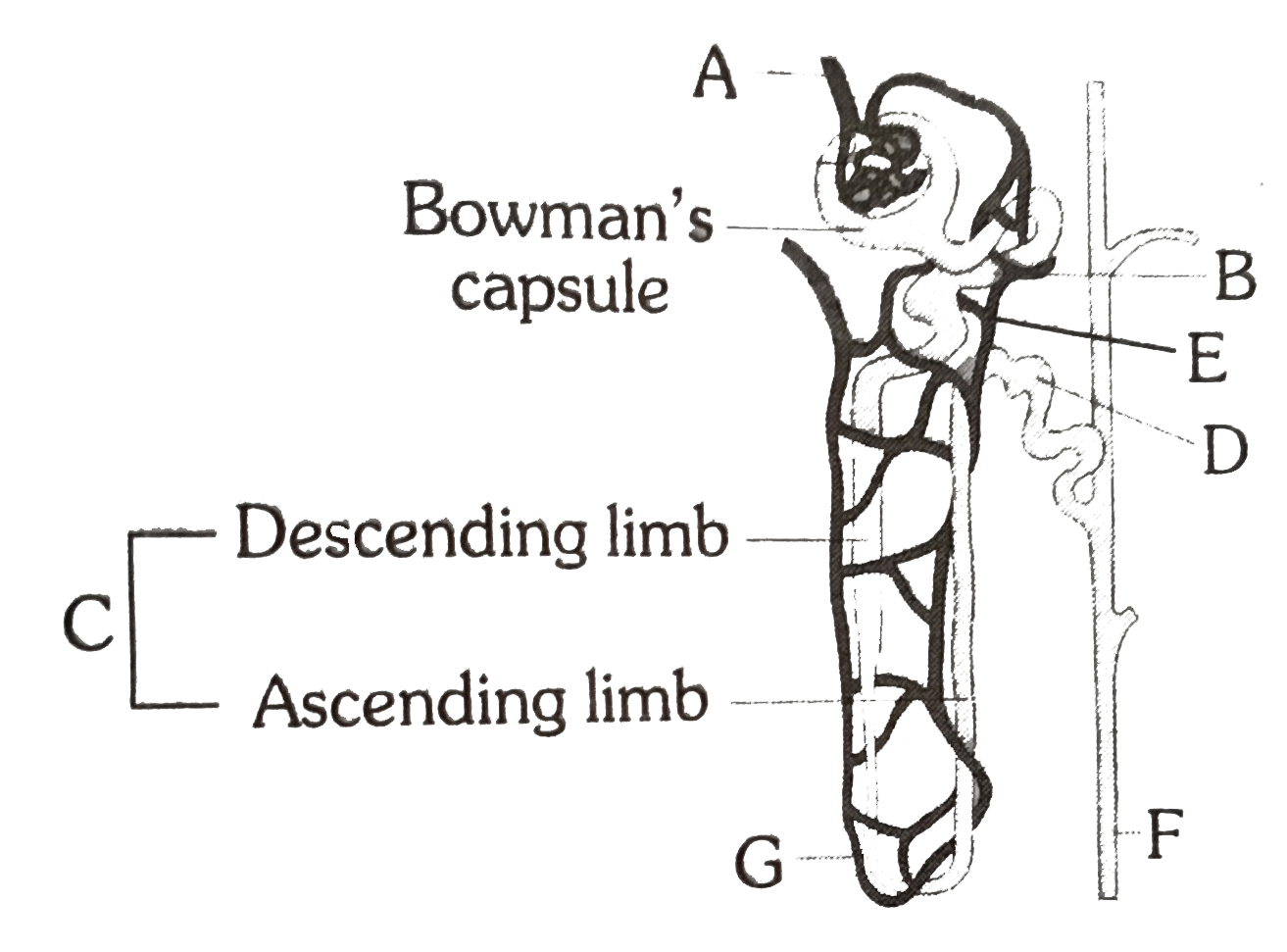 AA-Afferent arteriole, B-Henle' s loop, C-Collecting duct, D-PCT, E-DCT, F-Pertibular capillaries, G- vasa rectaBA-afferent arteriole, B-Peritubular capillaries, C-Helne's loop, D-DCT, E-PCT, F-Collecting duct, G-vasa rectaCA-Afferent arteriole, B- PCT, C-Henle's loop, D-DCT, E-Peritublar capillaries, F-Collecting duct, G-vasa rectaDA-Afferent arteriole, B-Proximal convoluted tubule, C-Henle's loop, D-Distal convoluted tubule, E-Peritbular capillaries, F-Collecting duct, G-vasa recta
AA-Afferent arteriole, B-Henle' s loop, C-Collecting duct, D-PCT, E-DCT, F-Pertibular capillaries, G- vasa rectaBA-afferent arteriole, B-Peritubular capillaries, C-Helne's loop, D-DCT, E-PCT, F-Collecting duct, G-vasa rectaCA-Afferent arteriole, B- PCT, C-Henle's loop, D-DCT, E-Peritublar capillaries, F-Collecting duct, G-vasa rectaDA-Afferent arteriole, B-Proximal convoluted tubule, C-Henle's loop, D-Distal convoluted tubule, E-Peritbular capillaries, F-Collecting duct, G-vasa recta
If U={a,b,c,d,e,f,g,h}, find the complements of the following sets :(i) A={a,b,c} (ii) B={d,e,f,g] (iii) C={a,c,e,g} (iv) D={f,g,h,a)
View SolutionIf U={a,b,c,d,e,f,g,h}, find the complements of the following sets :(i) A={a,b,c} (ii) B={d,e,f,g] (iii) C={a,c,e,g} (iv) D={f,g,h,a)
View SolutionIdentify the products and explain their formation.
(a)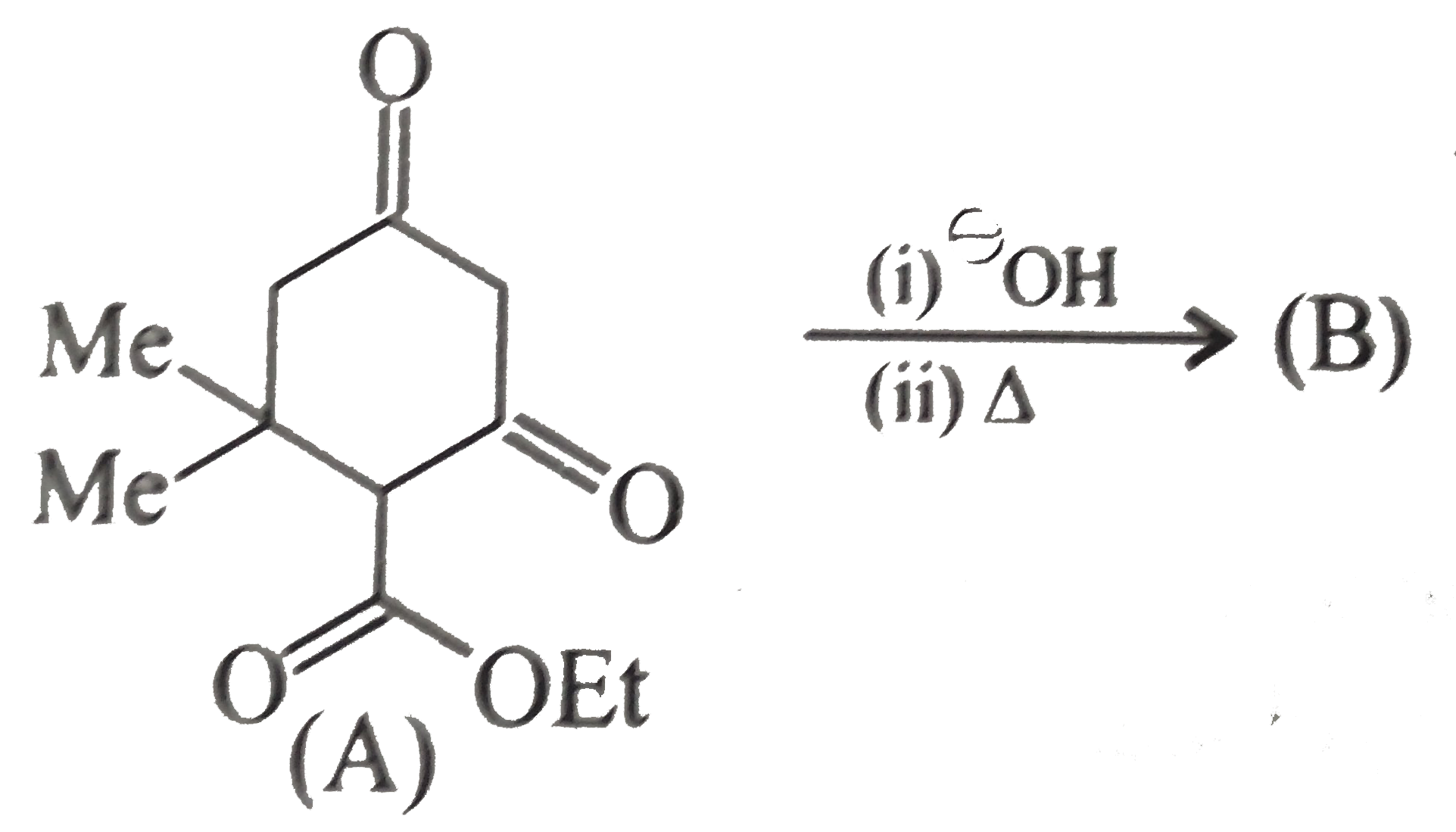
(b)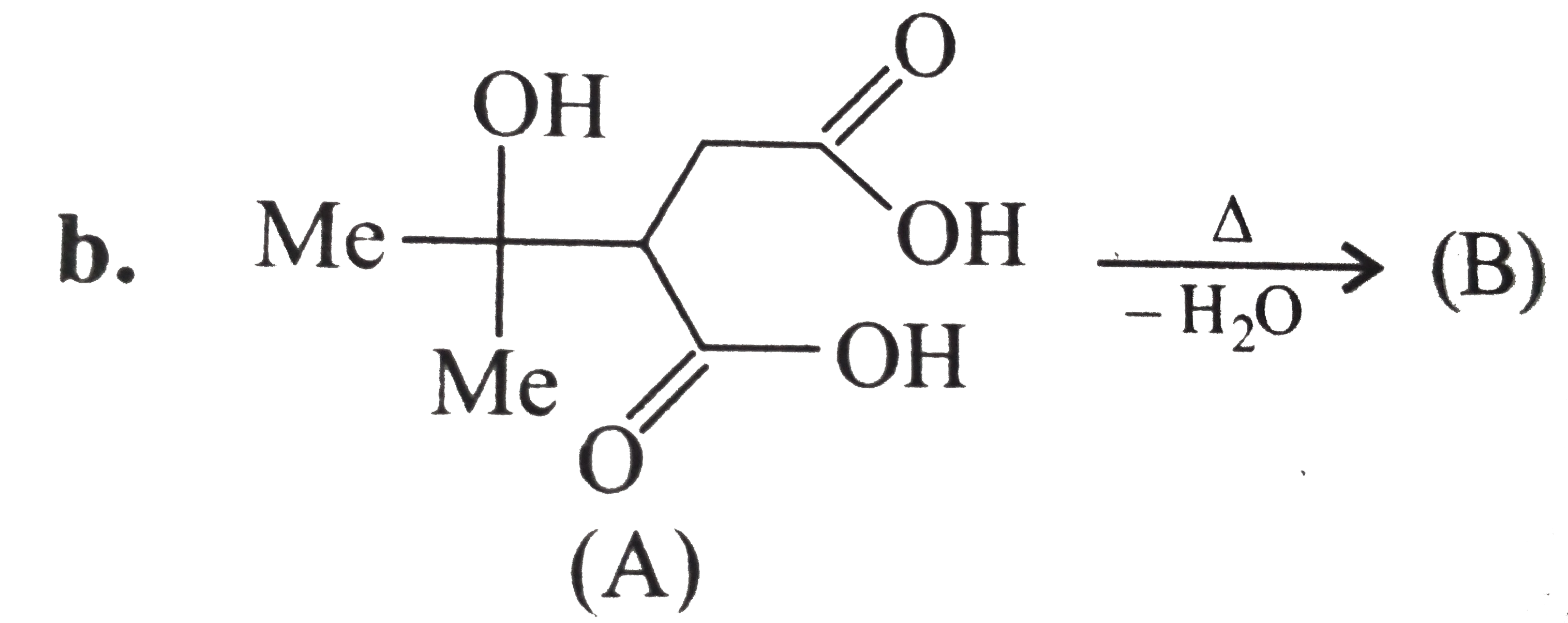
( c)
(d)
( e)
(f)
(g)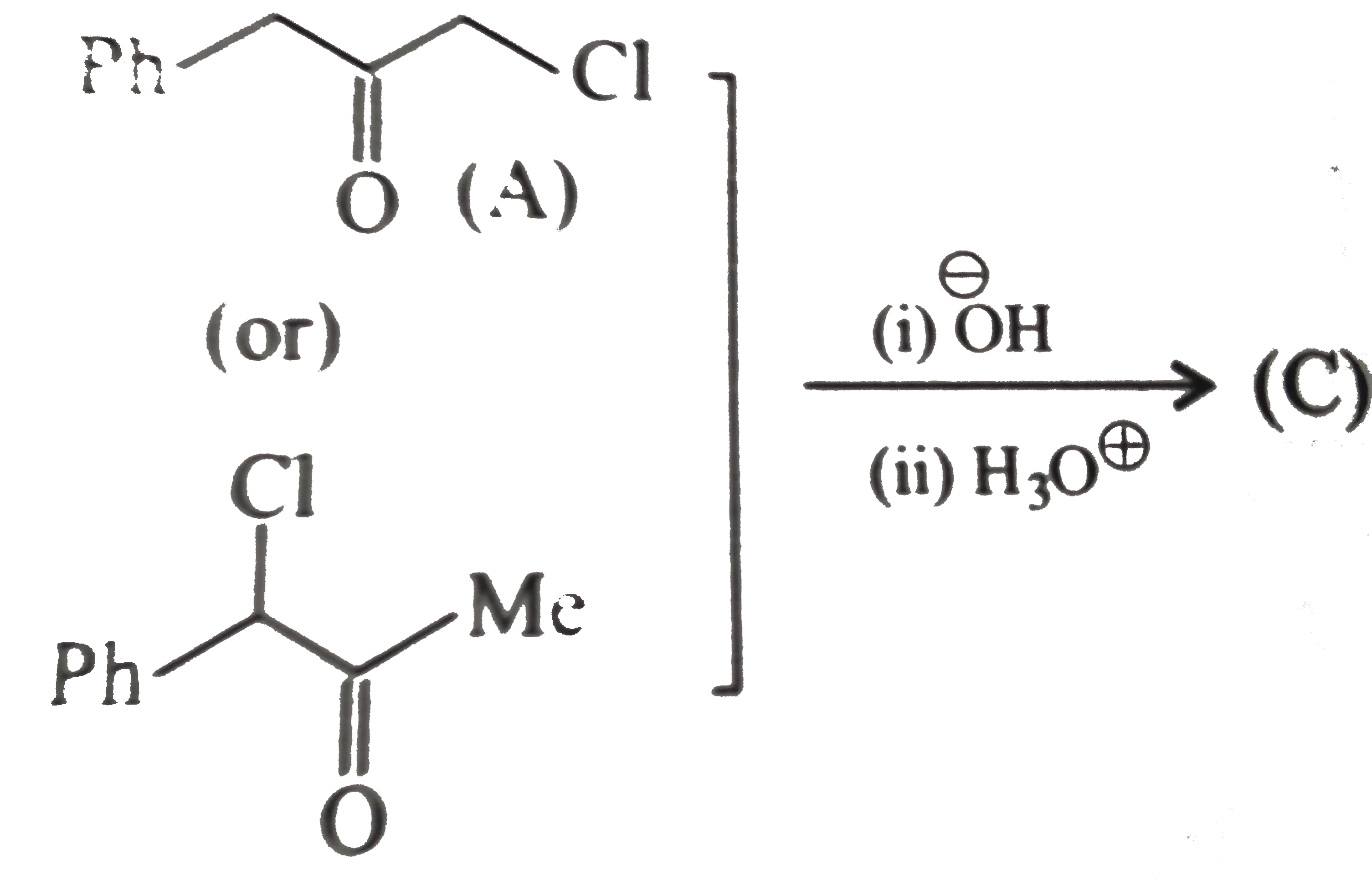
(h)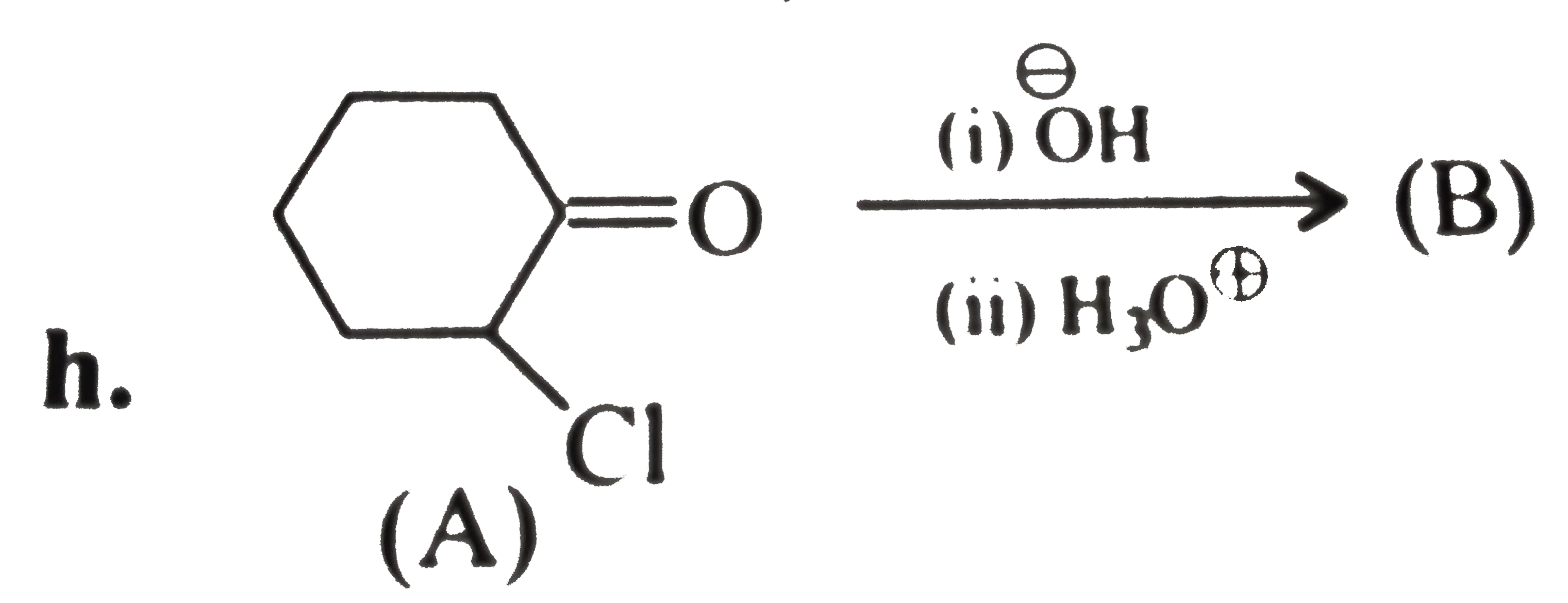
(i) .
.
View SolutionIf sinθ=12 then θ=
View SolutionWhat should come next in the following letter sequence ?
A B C D E F G H A B C D E F G A B C D E F ?
1) H
2) G
3) A
4) I
5) None of these
View SolutionE,F,G,H are respectively, the mid-points of the sides AB,BC,CD and DA of parallelogram ABCD . Show that the quadrilateral EFGH is a parallelogram and that its area is half the area of the parallelogram, ABCD. GIVEN : A quadrilateral ABCD in which L,F,G,H are respectively the mid-points of the sides AB,BC,CD and DA. TO PROVE : (i) Quadrilateral EFGH is a parallelogram ar(^(gm)EFGH)=12ar(^(gm)ABCD) CONSTRUCTION : Join AC and HF
View SolutionE,F,G,H are respectively, the mid-points of the sides AB,BC,CD and DA of parallelogram ABCD . Show that the quadrilateral EFGH is a parallelogram and that its area is half the area of the parallelogram, ABCD. GIVEN : A quadrilateral ABCD in which L,F,G,H are respectively the mid-points of the sides AB,BC,CD and DA. TO PROVE : (i) Quadrilateral EFGH is a parallelogram ar(∣∣gmEFGH)=12ar(∣∣gmABCD) CONSTRUCTION : Join AC and HF
View Solution

